Barcelona is famously known for its gorgeous architecture. The city is the home of dazzling constructions such as La Pedrera, Casa Amatller, Park Güell, Casa Lleó Morera and Hospital de Sant Pau. But there are other very interesting architectonic landmarks that are worth being visited. Some of them can be explored on the inside, while others can only be admired from the outside. Here is our selection of alternative architecture for you to discover in Barcelona.
Table of Contents
Casa Planells



Photo by Almusaiti via Visualhunt
Casa Plannels was commissioned by Evelí Planells to architect Josep Maria Jujol, an important name in the Catalan Modernist movement, who frequently collaborated with Antoni Gaudí. The house, which finished being constructed in 1924, has a completely different shape than most houses in the city (particularly those of the same time), having been built on a triangular plot. The facade of the house presents a golden hue, with wooden blinds covering the windows that are part of an irregular, wavy surface. Both the windows and the door on the ground floor have a distinctive round shape, giving the building a very particular look. The house also presents a variety of Modernist traits on the inside, including an impressive wrought-iron spiral staircase that runs the length of the building. The house is not open for the public to visit it but it can be appreciated and photographed from the outside.
Location: Avinguda Diagonal, 332
Related article: Important Catalan architects
Casa Comalat



Photo by Tetegil via VisualHunt
Designed by architect Salvador Valeri i Pupurull, who worked on the house’s construction between 1909 and 1911, Casa Comalat is Gaudí-inspired work of Catalan Modernism. The house followed the norm of a number of houses that were built for wealthy owners at the time, possessing two facades: one on the front, more ornate, to impress the passersby and to evidence the owner’s riches and good taste, and one on the back, usually more reserved. Looking at the house from the outside, visitors will clearly recognize the inspiration, in curved, Gaudiesque shapes, columns that are similar to bones (reminiscent of Casa Batlló) and a variety of colorful, natural motifs, which were frequently present in Gaudí’s works. Make sure to stand under the balconies and look up and you will discover beautiful ornamentations. The house is also beautifully decorated on the inside with dark, shiny wood and yellow embellished walls, but unfortunately, it is not open to visits from the public.
Location: Avinguda Diagonal, 442
Casa Calvet
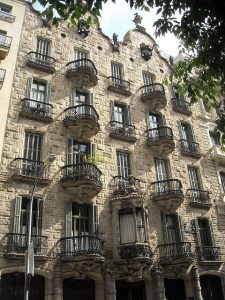


Photo by ale3andro via VisualHunt
Many don’t know it but Casa Calvet was built by none other than the famous Antoni Gaudí. The reason why this building is not as famous as some of Gaudí’s other constructions, is that it is not as colorful as and as bold as monuments such as Sagrada Família and Casa Battló. It was very traditional at the time for wealthy members of the society to commission famous architects to design their new homes or refurbish existing buildings. Casa Calvet, which is considered by many as Gaudí‘s most conservative work, was created for a rich textile manufacturer of the Calvet family. The building’s facade is made of stone, with a number of wrought iron balconies, curved top edges and three busts, one of Saint Peter, another one of Saint Genesius of Arles and the third one of Saint Genesius of Rome.
Today, Casa Calvet is open to the public in the form of a restaurant which serves contemporary Mediterranean cuisine with Miguel Alija as the head chef. Restaurante Casa Calvet is open from 1 pm to 3.30 pm and from 8 pm to 10:30 pm, closing its doors on Sundays and on holidays.
Location: Carrer de Casp, 48
Related article: The old and the new: Barcelona’s most stunning architecture
Casa de les Punxes
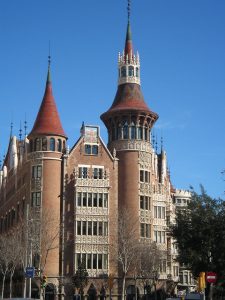


Photo by Routard05 via Visualhunt
Casa Terrades, commonly known as Casa de les Punxes (House of Spikes) is a gorgeous castle-like building with a turret on each of its six corners, each topped by conical roofs. The house as we know it today came to be when Bartomeu Terradas Brutau hired architect Josep Puig i Cadafalch, another important name in the Catalan Modernist Movement, to transform three buildings into one, a house for his three sisters. The building, whose construction began in 1905, was officially declared as a Historical National Monument in 1976.
Casa de les Punxes has recently opened its doors to visitors. Admission prices are of 12€ for the basic ticket, which includes an audioguide, 15€ for the basic ticket plus a fast pass, 20€ for a guided tour, and 23€ for an exclusive guided visit plus a glass of cava. Casa de les Puntxes is open from 9 am to 8 pm.
Location: Avinguda Diagonal, 420
All of these amazing houses are located in the district of Eixample, within walking distance of each other. Take your camera with you and make a day of exploring Barcelona’s less known architectural works.
Looking for a new apartment in the city? ShBarcelona is the answer.
* Main photo by Trioptikmal via VisualHunt









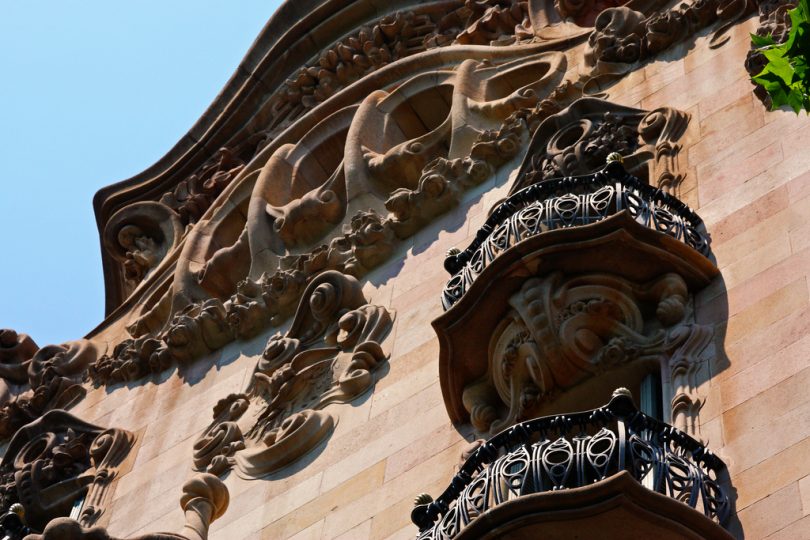

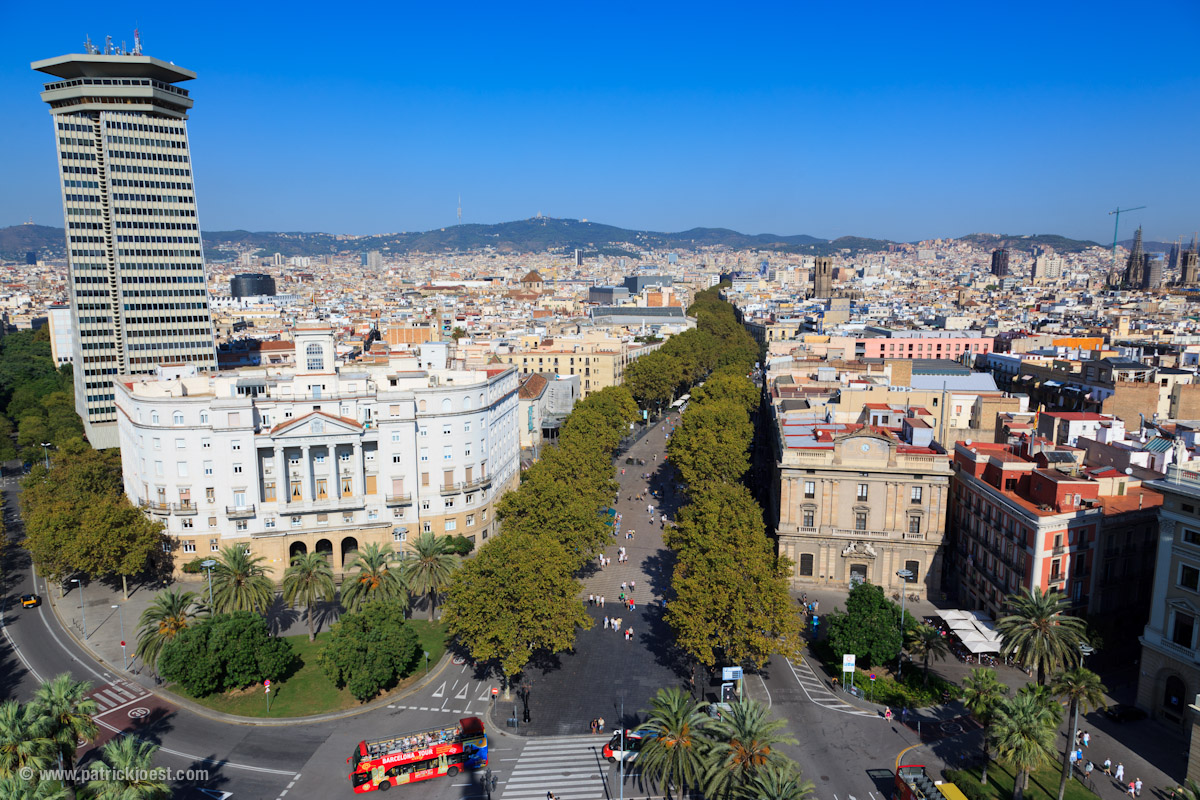




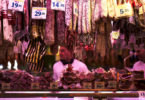


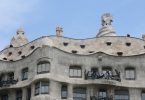

Leave a Comment